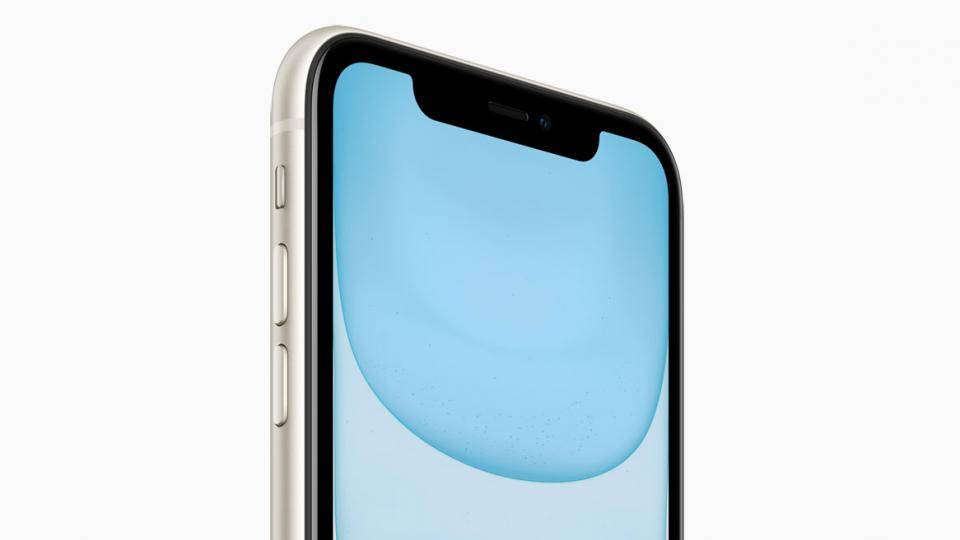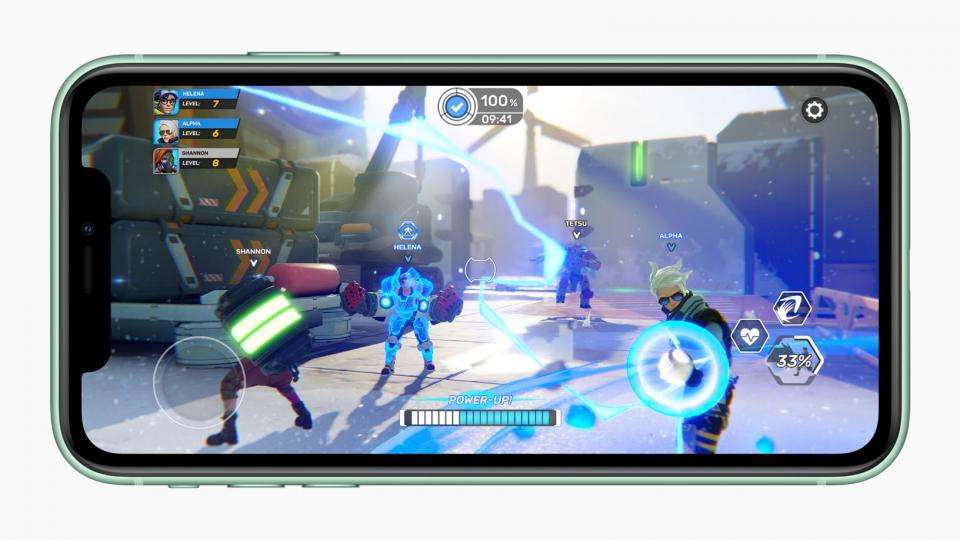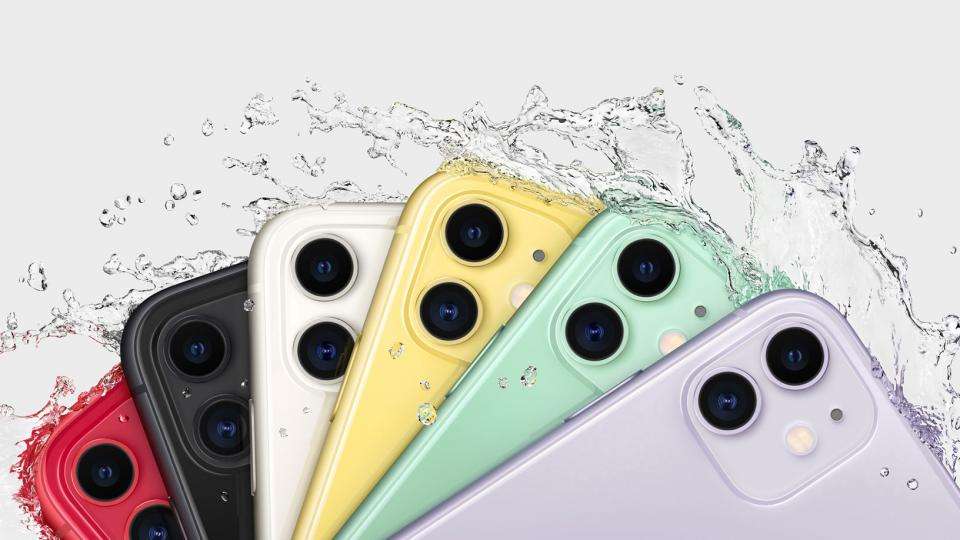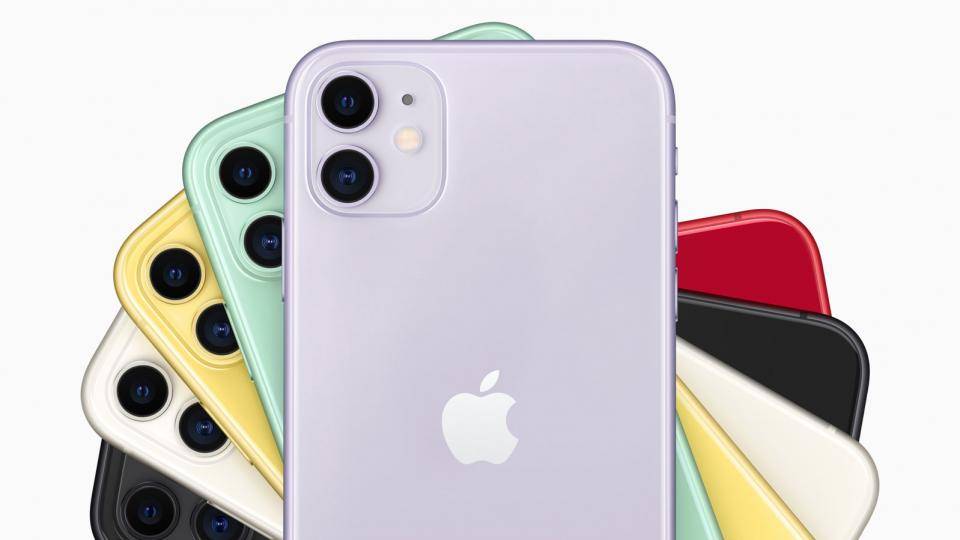It might be uncharitable to say it, but the predictability of Apple’s annual iPhone unveilings is beginning to wear a bit thin. Not only is Apple’s all-singing and all-dancing launch event scheduled for the same date and time each year, but we largely know what to expect from Tim Cook’s applause-filled keynote months before the stage lights switch on.
READ NEXT: Best smartphones
Regardless, the iPhone 11 – alongside the iPhone 11 Pro , Pro Max and Apple Watch Series 5 – is at last official. Confusingly, this one replaces last year’s entry-level iPhone XR , and if you’re already foaming at the mouth at the starting prices of its siblings, then the iPhone 11 could be just the ticket for the budget-conscious.
Apple iPhone 11: Specifications, price and release date
6.1in, 1,792 x 828, Liquid Retina HD screen (326ppi)
Six-core 7nm Apple A13 processor
64/128/256GB of storage (no microSD expansion)
Dual rear cameras: 12MP (f/1.8), 12MP ultra-wide (f/2.4)
Selfie camera: 13MP (f/2.2)
IP68-rated waterproofing
151 x 76 x 8.3mm
194g
UK release date: 20 September
UK price: £729
Apple iPhone 11: Design, key features and first impressions
Like its predecessor, the iPhone 11 has a screen that fills almost the entirety of the front of the phone – with an equally wide notch eating into the top of the display. Made from a glass-topped anodised aluminium, Apple also claims that the iPhone 11 is the toughest smartphone currently on the market and it can also survive a water dunking up to a depth of two metres for half an hour. It can be picked up in an equally dizzying array of bold colours too, including purple, yellow, green and Product Red.

You won’t find many differences when it comes to the iPhone 11’s LCD screen, either. As before, it measures 6.1in across the diagonal with a resolution of 828 x1,792 and, according to Apple, it has a pin-sharp pixel density of 326 ppi, a contrast ratio of 1,400:1 and a quoted maximum brightness of 625 nits.
That’s an awful lot of numbers, but that’s about enough of its similarities – let’s crack on with the new stuff. You’ll first notice that the camera arrangement on the back of the phone has shifted slightly when compared with last year’s model. Not only has Apple added a secondary wide-angle lens (more on that later), but the lenses are squished into the top left corner of the phone and hidden inside a chunky black square.

It’s a somewhat awkward look, and it’s already turned into a contentious, polarising design change within the Expert Reviews offices. Personally, I think it makes the back of the phone look too blocky, and I much prefer the cleaner design of last year’s solitary camera unit.
Apple made sure to mention that the new iPhone 11 is the fastest smartphone it’s ever produced. Well, joint fastest with its more expensive siblings. Powered by Apple’s homebrew A13 Bionic chip, Tim Cook boasted about its CPU and graphics processing capabilities at the unveiling, claiming that the six-core, 7nm chipset’s speed boosts are substantial enough to outperform anything else on the market.

On a similar note, the iPhone 11’s battery life has also been boosted by an extra hour, which should make for a remarkably long-lasting phone if our iPhone XR tests offer any indication. You can pick it up with a choice of either 64GB, 128GB or 256GB of non-expandable storage.
Lastly, let’s talk about those cameras. Not only is there a regular 12-megapixel f/1.8 lens, but Apple has also added a secondary 120-degree ultra-wide camera, which should help you squeeze more stuff into the frame. Apple says that the video stabilisation is much better than before too, and the low-light night mode does a better job at brightening up your pictures and keeping visual noise to a minimum. 4K and slow-mo video recording have also moved to the 12-megapixel selfie camera.
Apple iPhone 11: Early verdict
Mercifully, even with those upgrades, the iPhone 11 is actually a little bit cheaper than last year’s iPhone XR. Coming to a phone shop near you on 20 September, you can get your shakingly-impatient hands on the iPhone 11 for £729 – that’s £20 cheaper than the previous model.
Crucially, this is at least £320 cheaper than if you opted for its Pro-branded stablemates. Regardless of how much (or how little) of a dumbed-down experience you might be getting in comparison, it’s certainly hard to argue with those numbers.
Stay tuned for my full iPhone 11 review in the near future.

